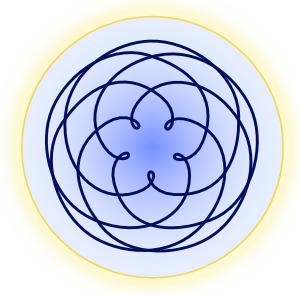Physicalism
Physicalism is influencing many fields of human activity and is one of the modern belief systems of our civilization. Its main dogmatic principles have penetrated several fields of modern science and are hindering science from exploring realms beyond the gross physical world.
Published on May 27, 2021
Prof Daniel Whiteson and Jorge Cham have in their book We Have No Idea (2017)1 acknowledged the huge ignorance our present civilization has about everything around us. They have stated with striking honesty that humanity’s understanding of the physical world is full of gaps. And those are not tiny little gaps someone can ignore, but there are huge yawning voids in our basic notions of how the world works. They note that according to conventional physics, science has no clue about 68% of the Universe, ca 27% is made up of “dark matter”, which science also does not have a clue about, totaling at least 95% of just the physical world. Only 5% of the physical world science “knows about” – that is everything ordinary human beings see with their eyes and witness, e.g. atoms in the body, in our galaxy, all the stars, dust and planets within and ourside of our solar system. They assert that humanity is in an age of precision ignorance when we know well that we know very little about the universe. The first step in making discoveries is embracing our ignorance. This sounds like a step towards the Socratean realization, which is the basis of opening up to real knowledge and starting on the path: “I have realized that I do not know anything (valuable)”. Indeed, exceedingly few scientists have reached the insight that science has a very small reality content. The majority of the learned ridicule and mock everything they cannot understand and precisely what is the one essential thing.2
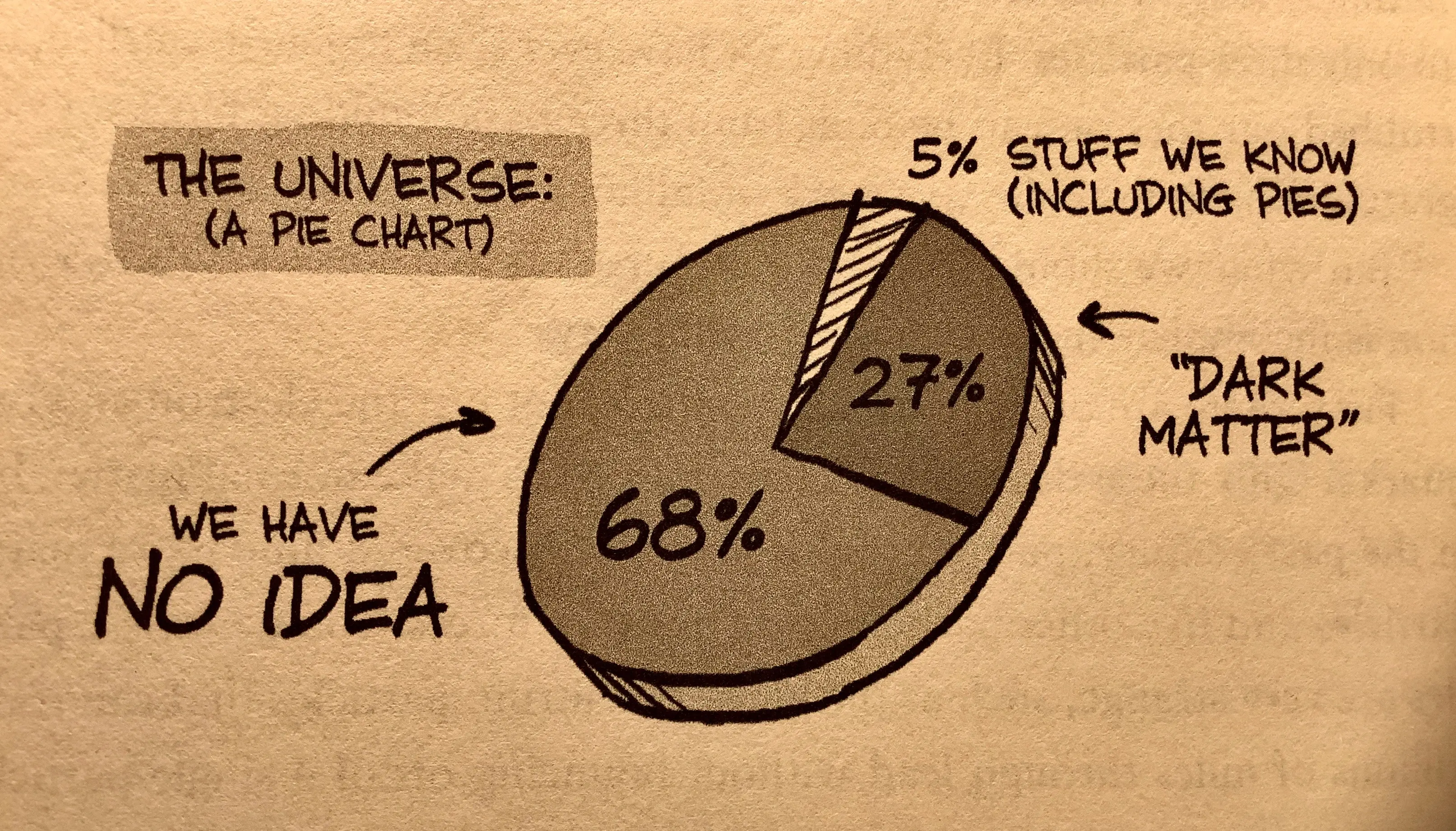
And still, even such a straightforward claim by those modern scientists of the scale of ignorance is too optimistic. Hylozoics, the profound world-view formulated by philosopher Pythagoras and mediated to us through Swedish philosopher Henry T. Laurency, teaches that in fact we do not know more than hardly one per cent of the physical reality. The visible world is about one per cent of total material reality, and it will take a long time before this single per cent has been explored.3 The greater part of the matter aspect of reality is invisible at present. If we include the entire manifestation, then circa 99 per cent of matter is invisible. If we confine our discussion just to the worlds of man, then circa 85 per cent of matter is invisible to others than those who have acquired higher objective consciousness.4
Prevailing physicalist view of the world
Physicalism has reached a significant position in our times. It is a belief that “everything is physical”, that there is “nothing over and above” the physical or that everything supervenes on the physical. It is “one substance” view of the nature of reality as opposed to a “two-substance” (dualism) or “many-substance” (pluralism) view.5 Physicalists also assert that also all the mental things – sensations, thoughts, ideas, all experiences – are really physical things: matter, energy and physical processes.6
It is preferable to use the term “physicalism” over “scientific materialism” as physicalism conveys the message in a proper way – the proponents of such a belief argue that physical matter is the only one existing. Materialism includes those – also hylozoicians – who are convinced of the material base of all in existence.
As with many other things in our present human civilization, which is ruled by emotional energies and emotional thinking, several disciplines have been brought to an extreme. The importance of the matter aspect – physical matter with its three states of aggregation (solid, liquid, gaseous) – has become dominating. But Western science is almost totally ignorant of the laws of consciousness as well as the laws of the matters and energies of higher worlds.7
The purpose of science is, starting from the empirically given reality, to discover and formulate those exact laws which make prediction possible.8 Natural science seeks to explore visible, physical reality. This defines its task and at the same time its inevitable limitation.9 Natural research must keep within the domains of physical life, since it is unable by its methods to explore superphysical reality.10 Science cannot answer the questions of What? and Why?, only that of How?.
Science is a method of hypotheses and will remain so. It can never become more than an orientation as to the current situation and never become a basis for a life view. This is true of both beliefs and assumptions. Without a tenable basis, all of them build on sand, not to say quicksand. That is why philosophy must always be critique, until it has found the firm basis of knowledge still lacking.11
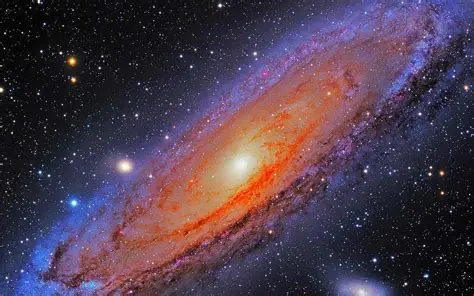
The physicalist erroneously assumes that the visible world is the only existing one, that organisms are the only forms of life, that the organism’s sense organs are man’s only means of apprehending the material external world.12 Science is totally ignorant of the real composition of matter. It is ignorant of the fact that the “ultimate causes” of physical processes lie in the superphysical.13 People have let themselves be hypnotized by physical matter as the only tangible and valuable, not suspecting that the meaning of existence is consciousness development and that the right use of energy is the only way to realize.14
It surely is a strange, obscure and sad world view, which is offered as an explanation by the physicalist scientists and its other proponents, stating that:
everything that exists is wholly physical, and there exists nothing other or higher than the physical world and physical matter;
human beings on planet Earth are alone in the universe and are supposed to be the crown of the biological evolutionary process on our planet and in the solar system;
there is no proof of anyone more developed than human beings, no proof of other more evolved beings or “God”;
human being consists of an organism, which is a compilation of cells and biochemical processes in and between those cells. There is no evidence of the existence of the human “soul” and consciousness is just a function of the brain;
living organisms, including human beings, have only one life – what happens after that is not known, but presumably death ends it all;
life has no particular meaning, being just a competetive co-existence of beings without a specific goal;
all life-forms are the result of a competetive natural and mechanical selection through biological evolution.
Indeed, it is impossible to deny that physicalism is the curse of mankind.15 It is prevailing in several disciplines and has hindered serious investigation and scientific research in areas, where the present civilization has very little knowledge and understanding of.

In medical science, physicalism maintains that human being is identified with his organism and is essentially regarded as a biological machine, being a lump of protoplasm, consisting of cells and bodily functions are merely biochemical reactions inside the organism. It has turned medical science mainly into a medicine of sickness, which is dealing with sickness, not health and focuses on symptoms, not reaching the causes of disease. A symptom is a physical manifestation of a problem far deeper than that which can be seen16, but medical science denies such deeper and holistic causes. It has declared older healing systems – 3000-years old traditional Chinese medicine, 7000-years old Ayurvedic medicine and homeopathy – to be pseudosciences. Medical science has not examined seriously the knowledge publicly available on the importance of man’s etheric envelope, though it should be the business of medical science to discover man’s etheric envelope, the etheric energies, and the connecting link between the etheric envelope and the organism – disease arise in the etheric envelope before they appear in the organism.17 Also, this dogmatism has seriously hindered or has given a pretext for the orthodox science not to research the strong effects of homeopathy on restoring human health and solving serious conditions. Moreover, it has given birth to a permanently growing pharmaceutical industry, which is relying on synthetic drugs produced primarily to suppress the symptoms of diseases with serious side-effects, requiring other prescription drugs to treat those newly created side-effects. Such neverending viscious circle is holding more-and-more people in strong dependency to the drug-industry and produces huge financial profits for them.
But when doctors see that most causes of disease are to be sought in the physical etheric material envelope of the organism, medical research will enter upon entirely new paths.18
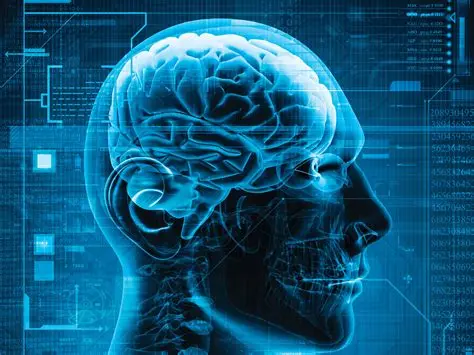
In neuroscience, physicalists are maintaining that consciousness is a product of the physical brain and brain produces consciousness manifestations. They claim that no mental function can exist outside of or separate from the biological functioning of the brain. Mental function is brain function and even the most sophisticated cognitive processes, such as analytical decision-making, are demonstrably happening in the brain.19 Of course, there are neuroscientists who do not agree with such claims20, but physicalism holds a firm grip of the neuroscience community.
In natural science, it acknowledges three states of aggregation of matter: solid, liquid, and gaseous. As far as science can ascertain facts about matter and energies, its concepts of these are correct. The hypotheses and theories that complement the observations are, however, erroneous. Matter is enormously more composed than the boldest hypotheses have ever dared to assume. In fact, there are seven states of physical matter, and where physical matter ends a new kind of matter begins, which is inaccessible even to scientific instruments. Without the esoteric explanation the composition of matter remains an unsolvable problem.21
Scientific sect of physicalists
Modern-day physicalism represents a sectarian outlook to the world, which evidently derives from the primitiveness of a prevailing principal thinking in an emotional era, mentally not reaching farther than 47:6 (the second lowest molecular kind of mental matter). For this kind of thinking, polarities (agree-disagree, positive-negative etc) prevail in the realm of attention and tendency to polarize and categorize holds ground. Seldom the insight of perspective and relation is reached. It is hard for such thinking to comprehend that everything in nature and in cosmos exists in grades, degrees and levels. So it is also with matter, consisting of ever finer and finer particles of matter, ultimately leading up to only indestructible units in existence – primordial atoms or what Pythagoras called monads. Though the experiments of nuclear physics demonstrate that finer and finer parts of matter are observed, but this is still just physical matter, being the lowest kind of matter in existence. Nuclear physisicists have with their “splitting of atoms” somewhat reached only to the periphery of physical etheric matter (49:4), which is part of the physical world, but should still be regarded a different world. The reason for treating it as a different world is mainly because ordinary man is not able to perceive such subtle etheric physical matter with his five senses.
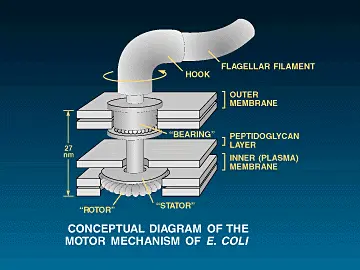
As such, physicalism has contributed to faith by forming in essence a dogmatic sect of scientists, who are emotionally restricted in researching and accepting anything beyond the coarse physical reality. In medieval ages, scientists were considered as heretics by the Catholic Church if they deared to contradict the religious dogmas. Nowadays scientists, who dear to contradict modern orthodox scientific dogmas, are called “pseudoscientists” as has been for instance the case with Dr Michael Denton, Dr Michael Behe and other proponents of the so-called theistic science, neo-creationism and intelligent design, which have questioned the simplistic explanations of Darwinism and evolutionary materialism. Those scientists have pointed out that many molecular systems are “irreducibly complex” – e.g. the build-up of immune systems, bacterial and protozoan flagella, blood clotting mechanism and cellular transport etc. Those systems incorporate elements that interact with each other in such complex ways that it is impossible to describe detailed, testable Darwinian mechanisms for their evolution.22 Such notions coincide with common sense observations.
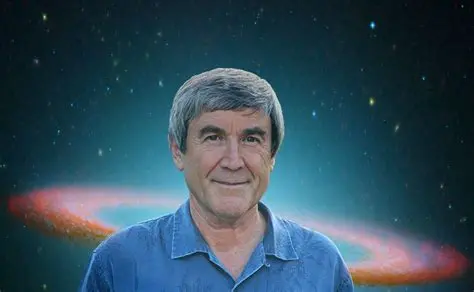
Physicist Paul Davies has discussed the similarities of science and faith by noting that orthodox science is a “faith-based belief system”. He asserts that all science proceeds on the assumption that nature is ordered in a rational and intelligible way and the belief system of science is the faith in the laws of physics. He has been puzzled by the question why the laws of physics are what they are and have found out that fellow colleagues take those laws as a question of faith – they just are – without inquiring further into finding an answer. And he concludes that both religion and science are founded on faith – namely, on belief in the existence of something outside the universe, like an unexplained God or an unexplained set of physical laws, maybe even a huge ensemble of unseen universes. For that reason, both monotheistic religion and orthodox science fail to provide a complete account of physical existence. Davies proposes to regard the laws of physics and the universe they govern as part and parcel of a unitary system, and to be incorporated together within a common explanatory scheme – meaning that the laws should have an explanation from within the universe and not involve appealing to an external agency.23 Paul Davies has stated that the universe must have a purpose24 and the impression of design is overwhelming.25
Scientists have shown themselves capable of being as dogmatic, fanatical, and intolerant as the theologians have been of old. Bertrant Russell has had a clear perception of this striving after power inherent in human nature. He is afraid that after the political tyranny that succeeded to theological one, we are to experience the scientific tyranny, that the day will come when science will claim the power to regulate everything.26
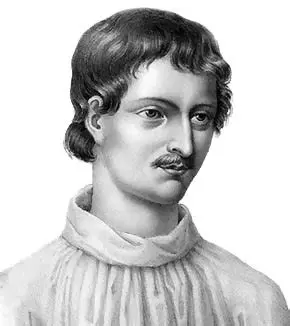
“Pseudoscience” is a label, which has been created for those who are researching out of this box and going beyond the physicalist sectarian borders. The measure of declaring something a pseudoscience is the so-called scientific method and scientific evidence, though in the majority of cases it is much more a question of belief than not complying to the scientific research method. Of course, the scientific method itself is a narrow, mechanical and rigid method for research, which have been mainly used during the last 300 years in the so-called fundamental sciences, e.g. biology, physics, and chemistry. In the scientific method, unexpected results are not trusted, while expected and understood ones are immediately trusted.27 So, also in that sense it has become evident how restricting the orthodox scientific community has become in the beginning of the 21st century.
For instance, Giordano Philippo Bruno (1548-1600) is nowadays regarded “as a martyr for science”, but one of his basic tenets was the principle of reincarnation, which characterizes the whole cycle of life. Orthodox science still regards the concept of reincarnation as pseudoscience, though several serious scientists have conducted rigorous scientific research on that subject, e.g. Dr Ian Stevenson, Dr Satwant Pasricha, Dr Jim B. Tucker etc – please see the analysis Life after death.
Science makes its way slowly, advancing step by step, by ascertaining facts. These facts are summed up in theories and are explained by hypotheses. Both theories and hypotheses are continually being changed through newly ascertained facts. Facts, theories, and hypotheses are joined together into a system of thought which is regarded as scientific truth. But there are also several psychological obstacles to modern scientific research. One is the all but insurmountable difficulty of abandoning cherished fictional systems acquired at the cost of much labour. The other is the fact that there is always a considerable risk for the scientist that by being too much ahead of his time he will be declared an unreliable, uncritical, unscientific fantast by believing academic opinion – that irremediable guild-system – lagging behind the times, skeptical, mostly scornful, of everything that is new.28
However, it must said that the physicalists’ conception is immensely superior to many other philosophical theories. They can explore objectively at least one world, the physical world. In so doing they keep their common sense. They do not deny the existence of the external world as the subjectivists do. Whatever conflicts with common sense, that is to say, the ascertainment of facts by sense, cannot agree with reality. Common sense sticks to objective reality.29
Still, the serious obstacle to the emancipation of thought is the dogmatic thinking from the 19th century prevailing, a thinking to which everything superphysical (“metaphysical”) was superstition pure and simple. This thinking in its turn derives from the Greek philosopher Epikuros, the founder of antimetaphysical physicalism. This dogmatic thinking led research astray, and it still wields a powerful influence, which is best seen in Einstein’s unsuccessful attempt at a new theory in connection with the fundamental dogma (the three dimensions), erroneously making time a new “dimension”. It is important that scientists with a philosophical orientation learn to rethink in accord with Pythagorean hylozoics.30
Hylozoics leads out of obscurity
Existence consists of 48 ever higher worlds beyond the physical world. This fact alone should clarify how little mankind can know about existence.31
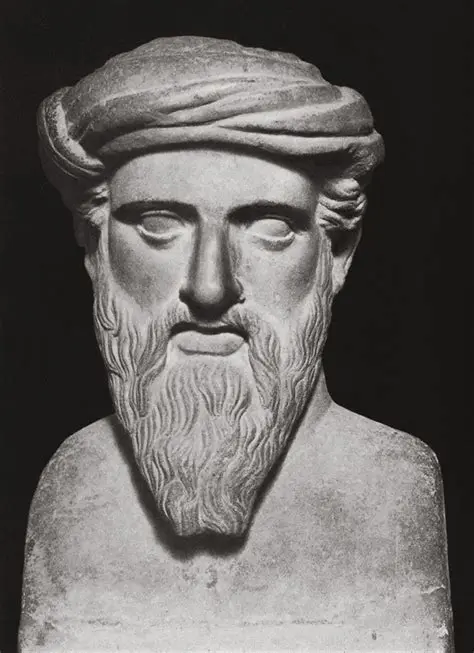
By hylozoics, or spiritual materialism, Pythagoras did away with the opposition of spirit and matter, clarifying that spirit is the same as the consciousness of matter. It was the first time that the knowledge was presented in this way. Thereby the foundations were laid for research, for scientific treatment of esoterics. Pythagoras is the first scientist in the Western sense, the founder of exact science.32
Hylozoics is a mental system for the basic outlook of mental consciousness in the physical world and so operates within the framework of human comprehension and the three physical dimensions, the sole conceivable ones in physical matter. That is its strength but also its given, inescapable limitation in an existence of 49 cosmic dimensions. The superiority of hylozoics to other mental systems is due to the fact that it satisfies the mental conception in the mentally most exact manner. It liberates from the systems of ignorance accepted by mankind.33
Hylozoics is not reality, for it must be experienced, and only the causal self can do that. Life alone is reality. The causal self sees, hears, etc. everything in the worlds of man as we see and hear in the physical world. A mental system is a theory, not life, and may become an obstacle to life, if it is turned into an “idée fixe”. The causal self needs no concepts. Causal ideas are intuitions, in which the consciousness aspect, the matter aspect, and the energy aspect are living realities. Mental systems thus are substitutes for life, as life cannot be bound by concepts. They are working hypotheses that can never replace experience.34
The Pythagoreans assert – as the yoga philosophers do – that it is possible for the normal individual, who is willing to undergo the requisite training, to develop organs of apprehension that will enable him to have objective consciousness of higher kinds of matter.35
What is the proof for hylozoics? There are five proofs for that:
- the logical proof – it consists in showing that hylozoics constitutes a non-contradictory and irrefutable system of thought and, as such, cannot be constructed by the human intellect nor without a knowledge of reality. It can never come in conflict with facts definitively ascertained by science. All new facts will find their places in it. The more research advances, the more obvious it will be that hylozoics is the only tenable working hypothesis.
- the proof by explanation – hylozoics provides the simplest, most unitary, most general, non-contradictory and irrefutable explanation of thousands of facts otherwise completely inexplicable.
- the proof by prediction – already a number of verifiable predictions (sufficient in number to fill a volume) of discoveries, inventions, and happenings, in themselves unpredictable by man, have been made.
- the proof by clairvoyance – as also Indian raja yogis maintain, anyone who is willing to undergo the requisite training can develop abilities, now dormant in man, which will one day be powers possessed by everybody, that is, the possibility of acquiring objective consciousness in ever higher molecular kinds, or states of aggregation, at present invisible.
- the experimental proof (magic) – this proof consists in knowing the pertaining laws of nature and the method of their application and in using physical etheric material energies to bring about changes also in gross physical matter.36
The esoterician learns to tell exoteric and esoteric knowledge apart. Exoteric knowledge is the work of men. The esoteric knowledge is a gift from the planetary hierarchy. Exoteric knowledge is an accumulation of ascertained facts and constructed theories and hypotheses. That knowledge will achieve exactitude only when all the facts have been ascertained, and this is the final goal of research to be reached some time in an imaginary future. The esoteric knowledge is a system that will remain hypothetical until the individual as a causal self is able to ascertain by himself that it is in agreement with reality. What degree of probability man will assign to the system depends on his level of development. Probability will become certainty of the highest degree to a trained logician who has penetrated the system thoroughly. The superficiality in acquisition commonly seen is not sufficient but results in either credulous acceptance or rejection. Wisdom is won through self-realization. That is the one and only path. Without practice, everything will remain theory. No theory, however correct, will help anyone to go forward. Realization requires experimental experience. Through such experience new, undreamt-of faculties are acquired.37
To the esoterician there is basically one single world (the cosmos), one single matter (primordial matter), one single consciousness (the cosmic total consciousness), one single energy (dynamis). Matter as well as energy and consciousness are different sides of one and the same unity inconceivable to man. This unity manifests itself in a countless number of existential forms that appear totally different as seen from those various existential forms. Present-day science is not in a position to afford a rational explanation of the three concepts of reality (matter, energy, and consciousness). Science works with concepts that are quite different from those of esoterics, and so it should be clarified once and for all that science will never be able to make any tenable statements whatsoever about the esoteric world view and life view.38
Physicalism is hindering consciousness development
Physicalism can serve as a firm ground to natural scientists conducting their gradual research of the physical world and natural processes. But nowadays physicalism has spread widely out of that research field and has become an obstacle to the meaning of life – to developing our consciousness, even comprehending that there is such a need for a human being as consciousness development.
It is about time that mankind realized first of all that it cannot comprehend superphysical reality and that approximately 99 per cent of all reality remains out of reach of research. If philosophers will not put themselves out so far as to examine the reality content of hylozoics and accept it as the only tenable working hypothesis, they will never be able to offer mankind firm ground to stand on, they will never be able to explain the causes of events. In the long run it will not be sufficient merely to ascertain physical facts and refrain from any attempts at explanation. Man demands an answer to the question of the meaning of life and will never be content with physicalist systems, even though philosophers declare that existence is bereft of meaning.39
Notably, those propagating physicalist world-view and “scientific approach” have secretly their interests in those realms, which physicalists call “pseudoscience” and “quackery”. For instance, the leaders of the Communist Russia had secretly special affection to astrology, the occult symbolism (red pentagram, masonic sickle and hammer etc) and occult phenomena.40 Vladimir Uljanov-Lenin, Leiba Bronstein-Trotsky, Leiba Rosenfeld-Kamenev, Hirsch Apfelbaum-Zinoviev and others were dedicated and high-level freemasons – please see The 1917 Russian Revolution, part 1.
In the US, the Rockefeller family, which invested aggressively in establishing the physicalist medical science based on pharmaceutical synthetic drugs and wiping out other forms of natural therapies and medical treatments in relation to the Abraham Flexner report (1910)41, has had several family members dealing with “pseudoscientific” interests. John D. Rockefeller (1839-1937) himself actively and regularly practiced religion and considered e.g. money-making as a “God-given gift”. Laurence Rockefeller (1910-2004) had an extensive interest in UFO phenomena (e.g. established the UFO Disclosure Initiative to the White House in 1993), funded Harvard psychiatrist John E. Mack in his work with alien abductees42 and allegedly owned a collection of UFO-related artefacts. Rockefeller Foundation offered extensive founding to the American Eugenics movement in the beginning of the 20th century – later John D. Rockefeller III (1906-1978) was engaged in promoting the ideas of eugenics and founded The Population Council in 1952, where he hired the American Eugenics Society co-founder Frederick Osborn as the Council President from 1957-1959.43 David Rockefeller (1915-2017) continued this belief in directed genetic modification of the human population.44

French president and general Charles de Gaulle (1890-1970), the resistance leader and founder of the Fifth Republic, discreetly consulted astrologer Maurice Vasset regularly throughout his presidency. French president Francois Mitterand (1916-1996), a man of the Left and therefore an inheritor of France’s tradition of philosophical rationalism, had been holding regular meetings (between 1989 to 1995) with the astrologer Élizabeth Teissier at the Élysée Palace. Mitterand asked her to draw up astrological profiles of his prime ministers and senior ministers and sought her advice about the timing of his political initiatives. Also, it was at the astrologer’s explicit behest that a date was chosen for an important referendum: the September 20, 1992, vote ratifying the Maastricht Treaty that created the European Union.45 The most closely guarded domestic secret of the Ronald Reagan (1911-2004) White House was that he used an astrologer – Joan Quigley – for virtually every major move and decision as the US president during his tenure and even before that.46
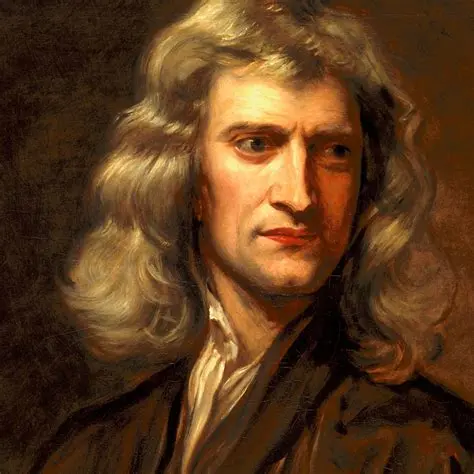
Many scientists have dealt with the occult and shown interest in different unexplained phenomena. Isaac Newton (1642-1726) is praised by physicalist orthodox scientists, but in fact he focused more than 30 years of his life and wrote at least as much about the phenomenas of the invisible worlds (alchemy, the search for the “philosopher’s stone”, chronology, religious studies etc) than about the physical matter aspect. Nobel Prize winner in physics, Pierre Curie (1859-1906), Marie Curie (1867-1934) and several other leading scientists became convinced that the visions of medium Eusapia Palladino are true, after her visions were subjected to the rigorous testing. Pierre Curie wrote to his Marie: I must admit that those spiritual phenomena intensely interest me. I think they are questions that deal with physics.47 Charles Richet (1850-1935), a Nobel Prize winner in medicine, researched intensively extrasensory perception and tried to find physical explanation for paranormal phenomena. He published his Traité de métapsychique (A Treatise on Metapsychics) in 1922, affirming that there can be a science of the supernatural and the occult.48 Scientist Thomas Alva Edison (1847-1931) joined the Theosophical Society in New Jersey in 1878, he had firm belief not in the God of the theologians, but in a Supreme Intelligence49 and in 1920 he publicized an intention of building a machine for communication between the physical world and “the spirit world”.50
And of course, many of the prominent physicalists – e.g. communists Karl Marx, Friedrich Engels51, scientists Erasmus Darwin52, Edward Jenner53, Sigmund Freud54, Alexander Flemming55 etc – have secretly been freemasons, which worship their own divinity, the “Great Architect of the Universe”, search for manifestations of the supernatural, practice mystic rituals and divination.
Those are just some examples and such a list can be continued in a long row.
Conclusion
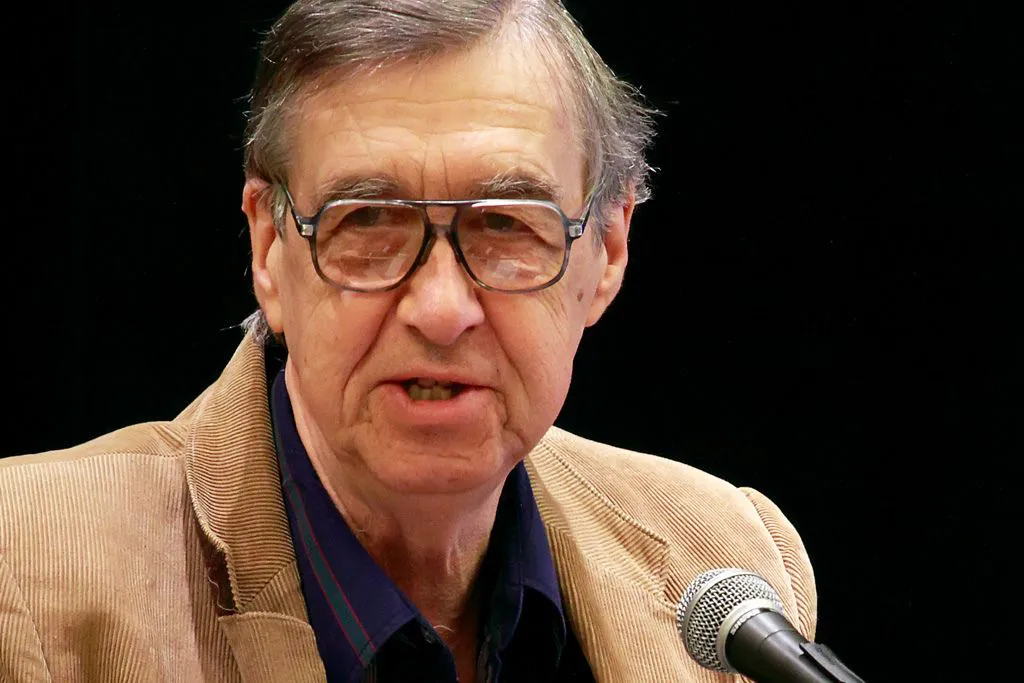
So what could be the reason for the establishment and science leaders for suppressing and belittling the knowledge and research into non-physical matter, consciousness and infinitely rich existence around us, which greatly extends the physical reality? The motive lies in efforts to hinder consciousness development and waking up of human beings and keep humanity in a kind of consensus trance, which serves to control societal processes and the immediate future. Psychologist Charles Tart introduced the notion of “consensus trance”, which denotes an agreement between humans on which of their perceptions should be admitted to awareness and is followed by training people to see the world in that way and only in that way.56 Dogmatism is still strong in our present civilization – emotional dogmatism of the religious has been substituted by the physicalist dogmatism of scientists.
Prof Daniel Whiteson (PhD in physics) and Jorge Cham (PhD in robotics) We Have No Idea (2017), p 335-340 and backcover ↩︎
Henry T. Laurency Knowledge of Life, Two – Esoteric Philosophy, 9.21.5 ↩︎
Ibid, 9.22.1 ↩︎
Henry T. Laurency The Philosopher’s Stone, 2.5.3 ↩︎
Henry T. Laurency *Knowledge of Life, Two – Hylozoics", 1.7.4 ↩︎
Henry T. Laurency The Philosopher’s Stone, 1.35.21 ↩︎
Henry T. Laurency The Knowledge of Reality, 5.42.1 ↩︎
Henry T. Laurency Knowledge of Life, Two – Esoteric Philosophy, 9.21.4 ↩︎
Ibid, 9.21.2 ↩︎
Henry T. Laurency The Knowledge of Reality, 5.10.4 ↩︎
Ibid, 5.43.15 ↩︎
Henry T. Laurency Knowledge of Life, Two – Hylosoics, 1.7.2 ↩︎
Henry T. Laurency Knowledge of Life, Two – Hylosoics 1.7.2 ↩︎
Dr Guylaine Lanctot Medical Mafia (1995), p 30-31 ↩︎
Henry T. Laurency The Way of Man – The Physical Being of the First Self, 4.19.16 ↩︎
Henry T. Laurency The Knowledge of Reality, 5.43.19 ↩︎
Prof Michael R. Egnor Has Neuroscience “Proved” That the Mind Is Just the Brain? ↩︎
Henry T. Laurency The Philosopher’s Stone, 2.3.1-2 ↩︎
Phillip E. Johnson The Unraveling of Scientific Materialism ↩︎
Paul Davies Taking Science on Faith, New York Times, Nov 24, 2007 ↩︎
P. Davies Superforce: The Search for a Grand Unified Theory of Nature (1984), p 243 ↩︎
P. Davies The Cosmic Blueprint: New Discoveries in Nature’s Creative Ability To Order the Universe (1988), p 203 ↩︎
Henry T. Laurency The Knowledge of Reality, 5.42.5 ↩︎
M. Castillo The Scientific Method: A Need for Something Better? (September, 2013) ↩︎
Henry T. Laurency The Knowledge of Reality, 5.42.3-4 ↩︎
Henry T. Laurency The Knowledge of Reality, 5.19.4 ↩︎
Henry T. Laurency Knowledge of Life, Two – Esoteric Philosophy, 9.42.1 ↩︎
Ibid, 9.3.8 ↩︎
Henry T. Laurency Knowledge of Life, Two – Hylosoics, 1.1.2 ↩︎
Ibid, 1.5.1 ↩︎
Ibid, 1.5.3 ↩︎
Henry T. Laurency The Knowledge of Reality, 5.10.5 ↩︎
Henry T. Laurency The Knowledge of Reality, 1.3.5-9 ↩︎
Henry T. Laurency Knowledge of Life, Two – Esoteric Philosophy, 9.43.5-6 ↩︎
Ibid, 9.22.3-4 ↩︎
Ibid, 9.19.2-3 ↩︎
Thomas P. Duffy The Flexner Report - 100 years later (2011) in the Yale Journal of Biology and Medicine ↩︎
Paul Robinson Rockefeller Greets Aliens! A Rich Guy’s U.F.O. Dream in New York Observer, April 7, 1996 ↩︎
James Corbett Bioethics and Eugenics: The Ugly Truth (2017) ↩︎
Sudhir Hazareesingh How the French Think: An Affectionate Portrait of an Inttelectual People (2015), pp 39-40 ↩︎
Anna Hurwic Pierre Curie (1995) ↩︎
Hazareesingh How the French Think: An Affectionate Portrait of an Inttelectual People (2015), p 59 ↩︎
Quoted in the magazine The Freethinker (1970), Volume 90, p 147 ↩︎
Vladimir Istarkhov Udar Russkikh Bogov (in Russian The Beat of the Russian Gods) (2000), p 154 ↩︎
Edward Jenner biography, Grand Lodge of British Columbia and Yukon ↩︎
Peter Gay Freud: A Life for Our Time (1998): In 1897, he joined the lodge Wien of Bnai Brith, founded two years before, and began giving popular lectures to the brethren. (e-pub, 429.0/2550) ↩︎
